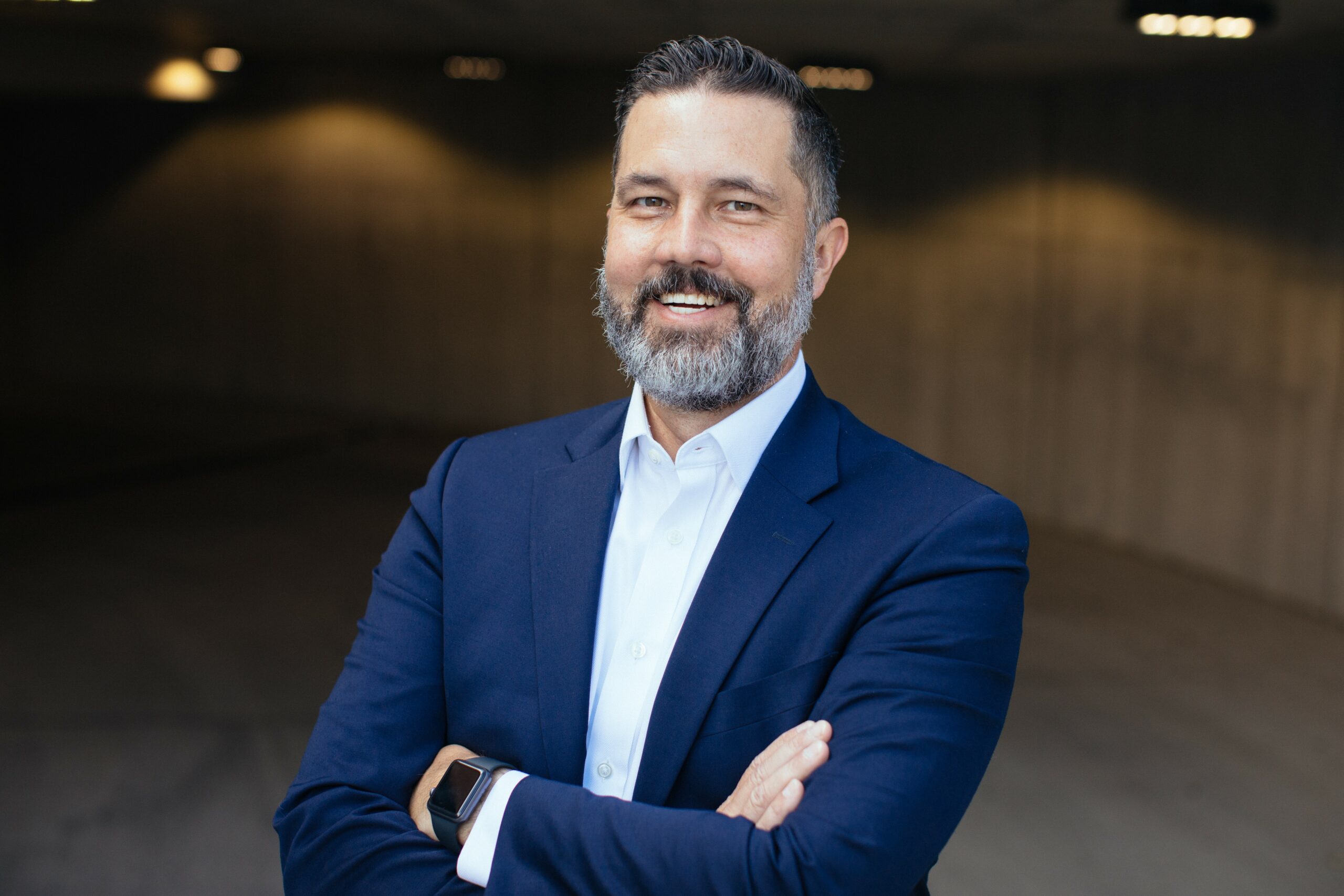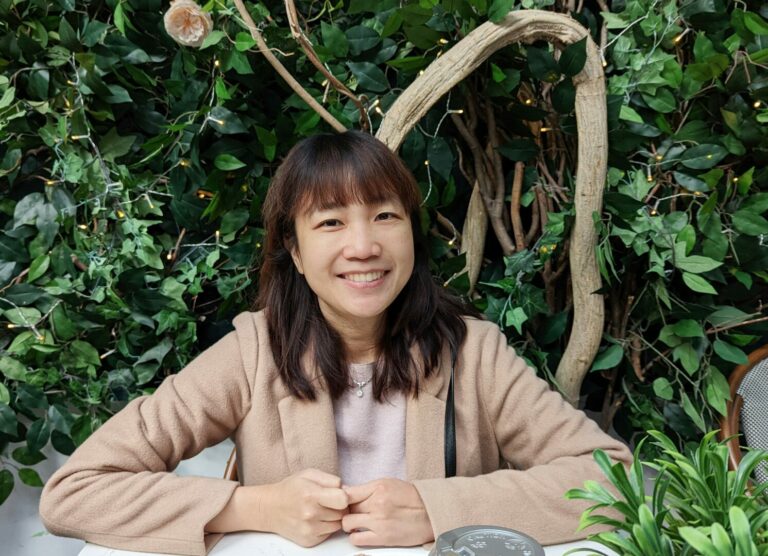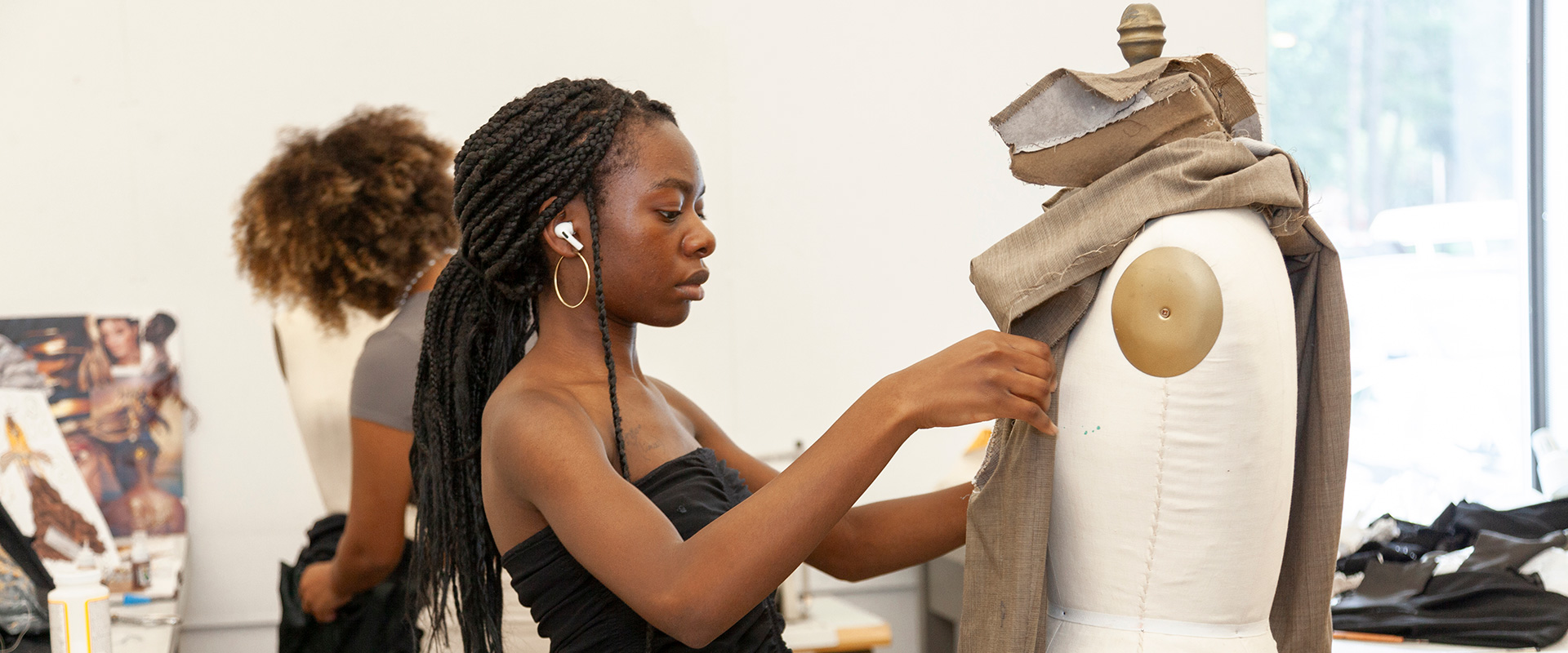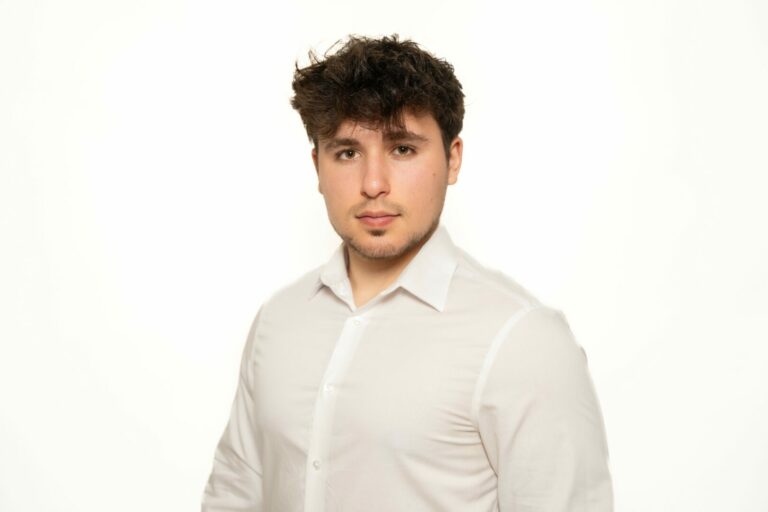We’re excited to introduce you to the always interesting and insightful Matthew Wappett. We hope you’ll enjoy our conversation with Matthew below.
Matthew, we’re thrilled to have you on our platform and we think there is so much folks can learn from you and your story. Something that matters deeply to us is living a life and leading a career filled with purpose and so let’s start by chatting about how you found your purpose.
Several years ago I was engaged in a discussion with a female colleague about privilege, equity, and justice. At one point in our discussion we were discussing equal rights and gender issues; my friend was arguing that it was better to be a man, and I was arguing that being a man was not as wonderful as it may seem and that there were tremendous advantages to being a woman. Then she hit me with the 10 million dollar question: Why do I, as a white, middle-class, male, even care about the rights of women, people with disabilities, and other oppressed groups?
This is a fair question, and one that is not asked enough. I could choose to live my life not worrying about people who are marginalized and treated inequitably…I’m a white, middle class male and this means that I have the privilege of rarely, if ever, thinking about my identity and how it impacts the opportunities I have in my community and workplace. My needs are clearly met by my culture here in the U.S., so why would I want to undermine or work against this privilege? Why not just count myself lucky and not worry about others?
Why do you care about certain things? What made you passionate about your profession or your calling in life? Why do you do what you do? What is it that gets you out of bed every day? What are you working for?
My fear is that many of us haven’t considered these questions…although I can pinpoint the exact moment in my life that keeps me focused on why I do what I do:
It was a hot, humid afternoon in 1992 in Xindian, Taiwan. I was visiting the home of of the Tseng family who had befriended me while I lived there. We were sitting outside in the muggy summer air, drinking tea, and talking when all of a sudden there was a strange noise that came from inside the house. It was a noise that sounded like some sort of animal in distress; it sounded like a wounded rabbit (which is one of the most horrifying sounds in the world).
I had heard the sound before, but I had always been inside the house and it had been much fainter. I had always assumed that the sound was from some sort of animal…in those days Xindian was on the outskirts of Taipei county and the overgrown tropical jungle was in the back yard. There were tons of exotic creatures to be found in the jungles, from monkeys, snakes, bats, and giant rodents that people would frequently catch and keep as pets. So, I just assumed that the Tseng family had some animal caged up in the back of their house.
When the noise started again that afternoon, Mr. Tseng excused himself to go take care of it, and left me sitting alone on the porch. It was evident that the sound was coming from the room next to where I was sitting, and the window to the room was slightly ajar. My curious nature got the best of me and I pried the window open a bit more so I could peek into the darkened room and see what was making the noise. Nothing that I had seen up to that point prepared me for what I saw.
As my eyes adjusted to the dim light, I could make out the shape of a person laying on the floor of a bare concrete room. It took me a while to figure out what I was looking at, but I quickly recognized that the dark room was occupied by an adolescent boy, maybe 14-16 years old, who was completely naked and chained to the wall by one wrist and one ankle. The boy was clearly malnourished, unable to stand up, and had lost all of his hair on his head. As I looked in a small slot in the bottom of the door to the room opened up and a dish of food or water was slid into the room by Mr. Tseng; in the small sliver of light I could tell that the boy had sores that were worn down to the bone where the restraints were on his wrist and ankle. Opening the small slot in the door also changed the air pressure in the room and allowed a small breath of air to pass through the darkness and then out the window where I was watching. The slight breath of air that escaped the room reeked of infection and death. Then the small slot in the door was closed again, the boy’s free hand shakily reached for the bowl that had been slid into the room, and he was quiet again.
I was aware that there were kids with disabilities when I was growing up, but only in a very superficial way. I was in the first generation of students to attend public school following the deinstitutionalization movement of the 1960’s and the landmark Education for All Handicapped Children Act (EAHCA) of 1975. Even though students with disabilities had the right to attend public school, they rarely if ever, interacted with us. They rode a whole different bus – the “short bus”. The short bus usually got to school about the time the bell rang for classes to begin in middle and high school. As we sat in class we could look out the windows of the classroom and watch the motley assortment of students disembarking from the short bus. Some lurched down the steep steps, some were escorted by aides who held their hands all the way into the school, others were lowered on the wheelchair lift at the back of the bus, all of them were clearly different and not part of my world. After they entered the school you could hear some of them shout and holler as they made their way through the empty halls toward the special education room where they would stay until the end of the day.
At the end of the school day, the parade began all over again in reverse. Thirty minutes before the rest of us got out of class, the door to the special education room would open, the empty halls would again be filled with shouting and hollering as aides and teachers herded the students with disabilities back out the front doors, and onto the short bus. The short bus would always be gone by the time the rest of us got out of class. Clearly, they weren’t like us. Nobody knew who they were, or at least they didn’t admit it if they did know them. They rode a different bus, they started and ended school at different times, they didn’t attend class, interact or eat lunch with us, and they didn’t pass us in the halls when we were going between classes. Although we never talked about them we all knew who they were and we knew where they belonged, and most importantly we knew they weren’t us and did not belong where we belonged.
At that time I didn’t realize that I had been socialized into a particular social grouping and, as a result, had been afforded opportunities and privileges that were denied to others. I didn’t consciously hear or understand the language, both verbal and nonverbal, that was used to reinforce and protect my social status. But it was there, all around me and my peers. It was in the language used to refer to others; it was in the places we occupied in the halls and classrooms; it was in the way teachers and administrators interacted with us, and in the case of the students with disabilities it was in the times they were allowed to cross through our physical spaces. I started to become aware of these things on that stiflingly hot afternoon in Taiwan.
I wish I could say that I somehow rescued the boy in the room. I really had no idea how to begin addressing the problem, but that lack of knowledge drove me to learn and try to figure out how to begin to solve the problem. I am still learning, and I am still haunted by what I saw, and that motivates me to keep working on the problem: ensuring equal human rights for everyone, but especially people with disabilities. I have never found myself wondering why I do what I do, because ignoring what I saw is not an option. Institutional models of care, segregation, restraint, neglect, and abuse are all still daily realities for far too many people in our world today and as a human being I have a responsibility to do what I can to solve these problems.
Thanks for sharing that. So, before we get any further into our conversation, can you tell our readers a bit about yourself and what you’re working on?
Dr. Matthew Wappett is a researcher, a writer, and an educator in leadership, stress management, and inclusion. His approach to “compassionate leadership” has been implemented in many organizations and classrooms, and is informed by his background in Disability Studies and as a whitewater guide. Dr. Wappett’s work is also focused on the effects of laughter as a stress management technique and a tool to create inclusion. Dr. Wappett genuinely enjoys teaching people how to laugh and his engaging and entertaining presentation style has made Dr. Wappett a highly sought after public speaker and trainer.
Dr. Wappett is also the Executive Director of the Center for Persons with Disabilities at Utah State University. He also holds an affiliate appointment as a Research Associate Professor in the USU Department of Special Education and Rehabilitation Counseling. Dr. Wappett’s teaching and research on the effects of stress on learning and behavior helps individuals and organizations understand how to become more resilient and inclusive. Dr. Wappett is committed to providing educators, social workers, and other human service professionals with the tools they need to manage their stress, and the skills they need to become more resilient. He is committed to creating inclusive environments that foster a sense of purpose and belonging.
Dr. Wappett earned his Ph.D. in Special Education, an M.Ed. in Educational Studies, and a Bachelor of Arts in English from the University of Utah. Dr. Wappett has also participated in Clinical Training for Mind Body Medicine through the Harvard Medical School and uses his knowledge of mental health to inform his leadership, teaching, and work. He completed his public school teaching certification while pursuing his Master’s degree at the U of U.
Dr. Wappett is also a former whitewater guide and Swiftwater Rescue Technician and has run most of the major rivers in the Western U.S. and Alaska. Dr. Wappett is also the driving force behind several Laughter Clubs and has been referred to by many as the “Laughter Doctor”!
There is so much advice out there about all the different skills and qualities folks need to develop in order to succeed in today’s highly competitive environment and often it can feel overwhelming. So, if we had to break it down to just the three that matter most, which three skills or qualities would you focus on?
My career has been guided by three primary values, that specifically draw upon my personal strengths and approach to life. These values are:
– Curiosity: To be successful, you need to have a genuine desire to understand the unique experiences, perspectives, and needs of the individuals and communities that you serve. This learning and understanding involves asking questions, active listening, and a willingness to learn. Curiosity allows professionals to move beyond assumptions and biases, leading to more accurate assessments of situations and better tailored support services. It promotes a growth mindset and helps build strong relationships based on understanding.
– Variety: I grew up with an undiagnosed case of ADHD, and although it caused its fair share of problems in schools and social groups, I have learned to turn it into an important skill for success. As a person with ADHD, I need variety and novelty to keep myself engaged and interested. Thankfully I have been able to make my ADHD an asset and not a liability. in the human services, understanding and appreciating the diversity of human experiences, needs, and backgrounds within the communities served is incredibly important! Variety enables professionals to develop flexible and inclusive approaches that don’t rely on a “one-size-fits-all” mentality. It fosters a respect for individual differences and a commitment to providing individualized services, education, and care.
– Kindness: I have not always been treated kindly, but I have always tried to be kind to everyone I work with and serve. Kindness means approaching others with compassion, empathy, and a genuine desire to help. This involves treating people with dignity, offering support without judgment, and prioritizing their well-being. Kindness creates a safe and welcoming environment for the often vulnerable individuals seeking assistance. It helps build trust, fosters stronger relationships for collaboration, and ensures that people in need feel supported and understood during difficult times.
I feel strongly that these three values are like a guiding compass for anyone working in the human services fields. They enhance the professional’s ability to connect with people, understand their needs, and provide meaningful support which fosters positive change and well-being.
Any advice for folks feeling overwhelmed?
As the director of a large human services research center, I often face incredibly stressful and overwhelming experiences on a weekly basis. Managing a multitude of responsibilities, including email, personnel issues, budget problems, facilities, client relations, and more, can be daunting, and it’s easy to find yourself on the path to burnout. Having experienced burnout before, I’ve learned the importance of being intentional about self-care and implementing strategies to avoid overwhelm and burnout. Here are a few effective strategies I’ve utilized:
1. Take time for yourself: Establishing clear boundaries between work and personal life is crucial. Work can easily consume every aspect of your life, leaving you vulnerable to burnout. To combat this, you make conscious efforts to disconnect from work when you’re at home. This includes putting away your phone and computer, ensuring you get 7-8 hours of sleep each night, engaging in regular exercise and meditation, and maintaining a healthy diet. These self-care practices help you recharge and maintain a healthy work-life balance.
2. Create boundaries at work: Setting clear limits within your work environment is equally important to prevent non-productive tasks from dominating your day. For instance, I’ve designated specific time slots for email management, limiting it to one hour in the morning and one hour in the afternoon. This disciplined approach prevents email from consuming my entire workday, allowing me to focus on more critical tasks that drive progress within the organization. Additionally, I’ve implemented a strategy of blocking out two days a week for meetings, ensuring I have dedicated time to concentrate on essential tasks without interruptions.
3. Recognize the impact of mental health on physical health: When you are feeling overwhelmed and mentally exhausted, you often need to take some time to step back and take care of yourself. Poor mental health is one of the key drivers of physical illness in the U.S., and it’s important to recognize that we need to care for our mental health just like we would our physical health. It’s important to be in tune with your body and to recognize when you need to take time to care for your mental well-being.
4. Take vacations: Workers in the U.S. take fewer vacation days per year than any other developed nation. We are literally working ourselves to death in this country. Make sure you are taking time off from work to do things that you like and enjoy! A bow that is always strung eventually loses it’s power and spring; humans are the same! Sometimes we need to step away from the daily grind to gain perspective, take care of ourselves, and relax.
By implementing these strategies, I’ve created a framework that prioritizes self-care and productivity, allowing me to manage the demands of my role more effectively. Taking time for yourself and setting boundaries at work can help you avoid the pitfalls of overwhelm and burnout, enabling you to lead your team and organization with greater clarity, focus, and resilience.
Contact Info:
- Website: https://www.matthewwappett.com/
- Instagram: https://www.instagram.com/mattwappett/
- Facebook: https://www.facebook.com/wappett
- Linkedin: https://www.linkedin.com/in/matthew-wappett-a9b83052/
- Twitter: https://twitter.com/MatthewWappett
- Youtube: https://www.youtube.com/channel/UCLVX8iQEtU6GLeWn9Gs7xRw
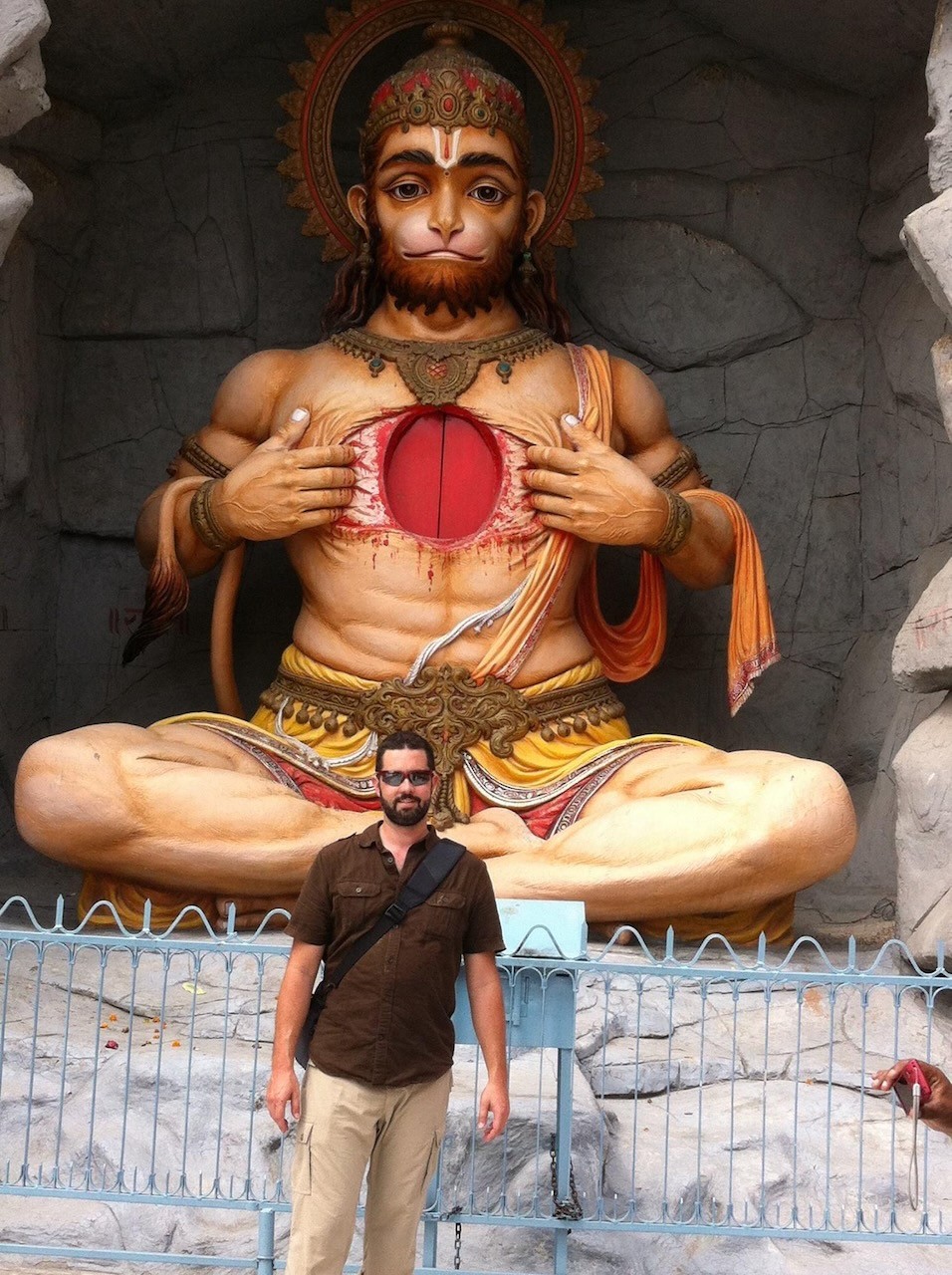
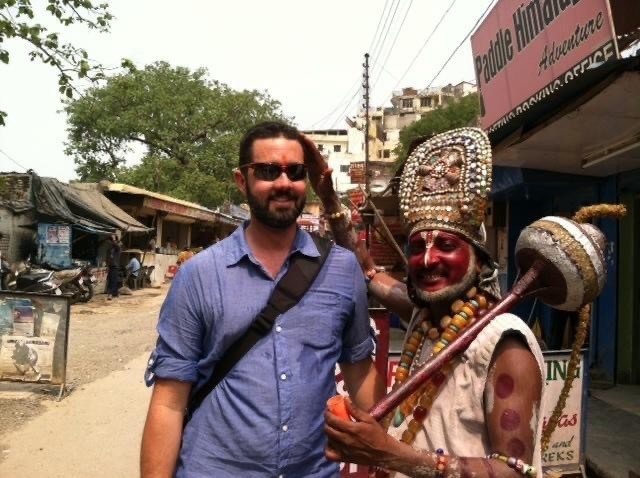
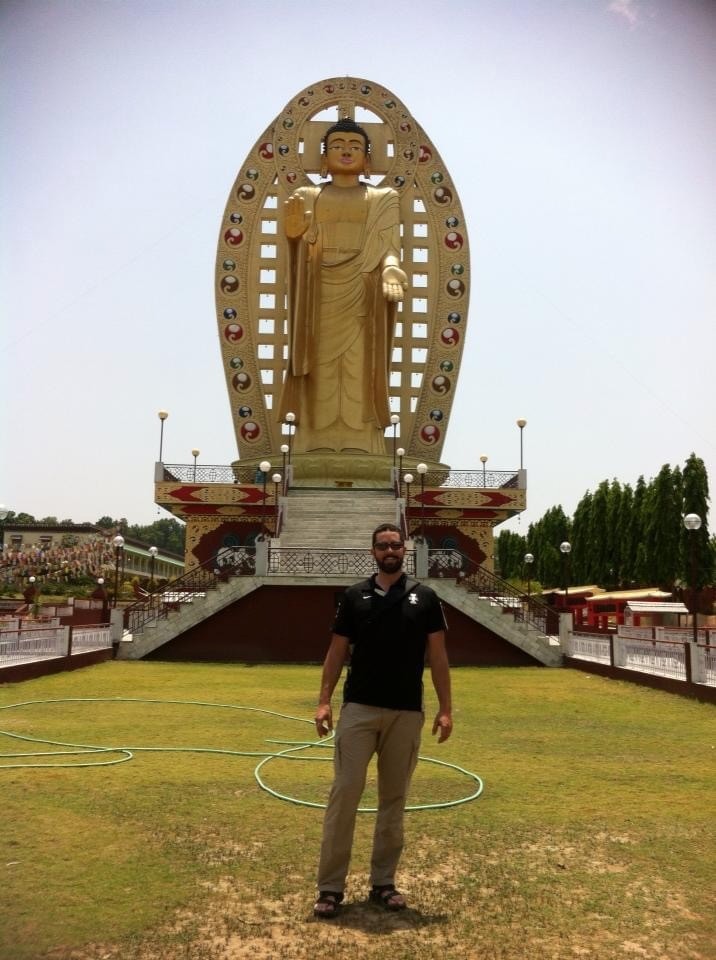
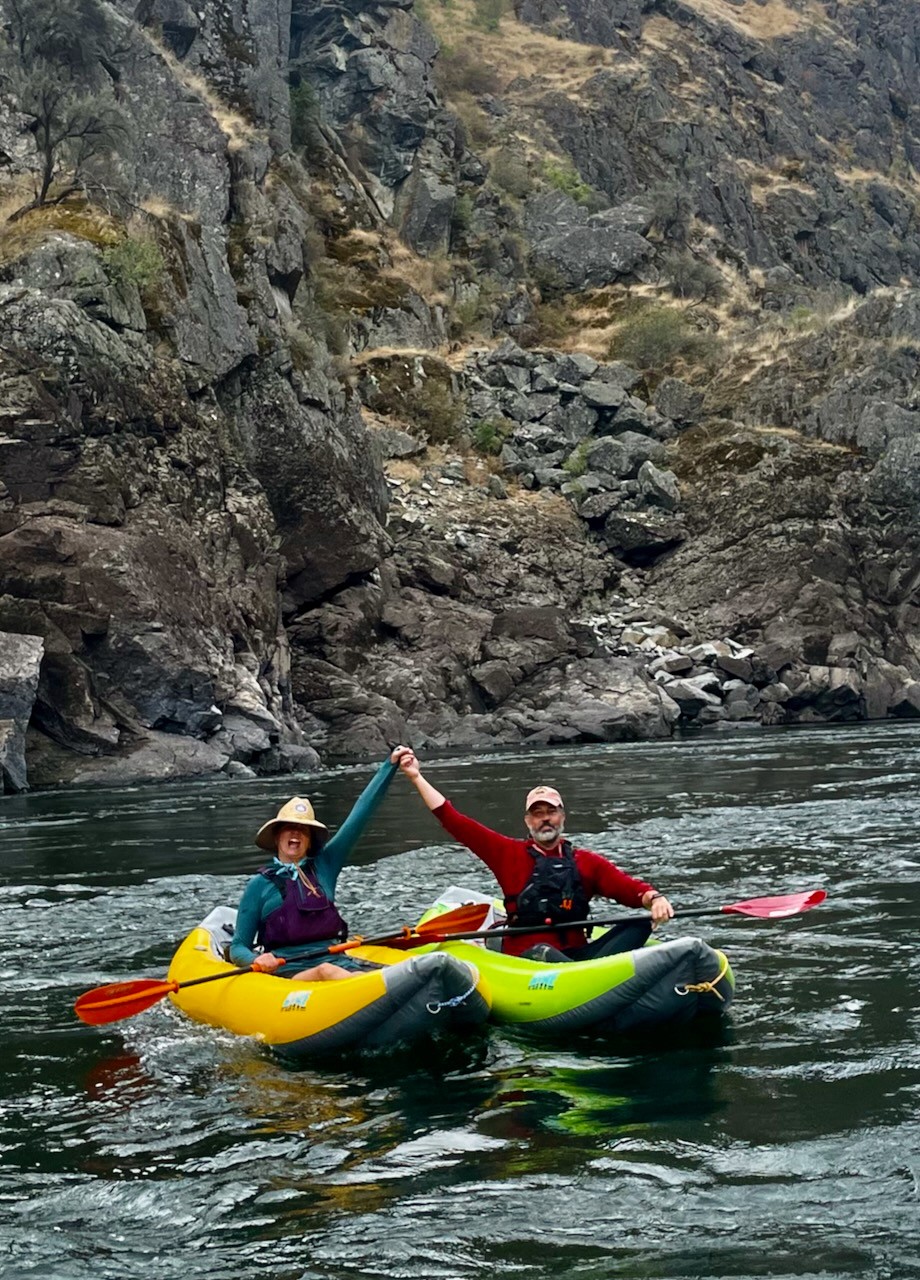
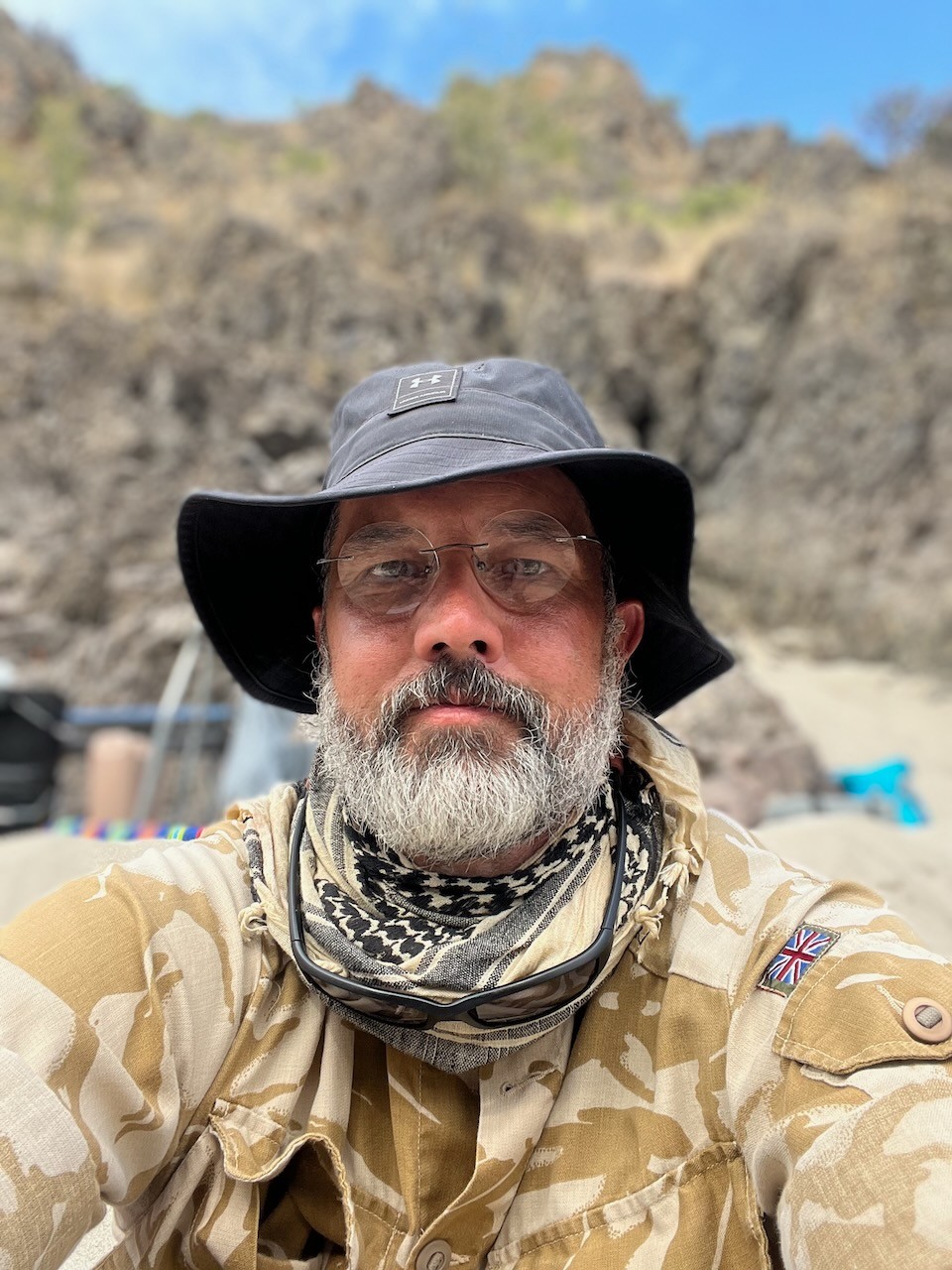
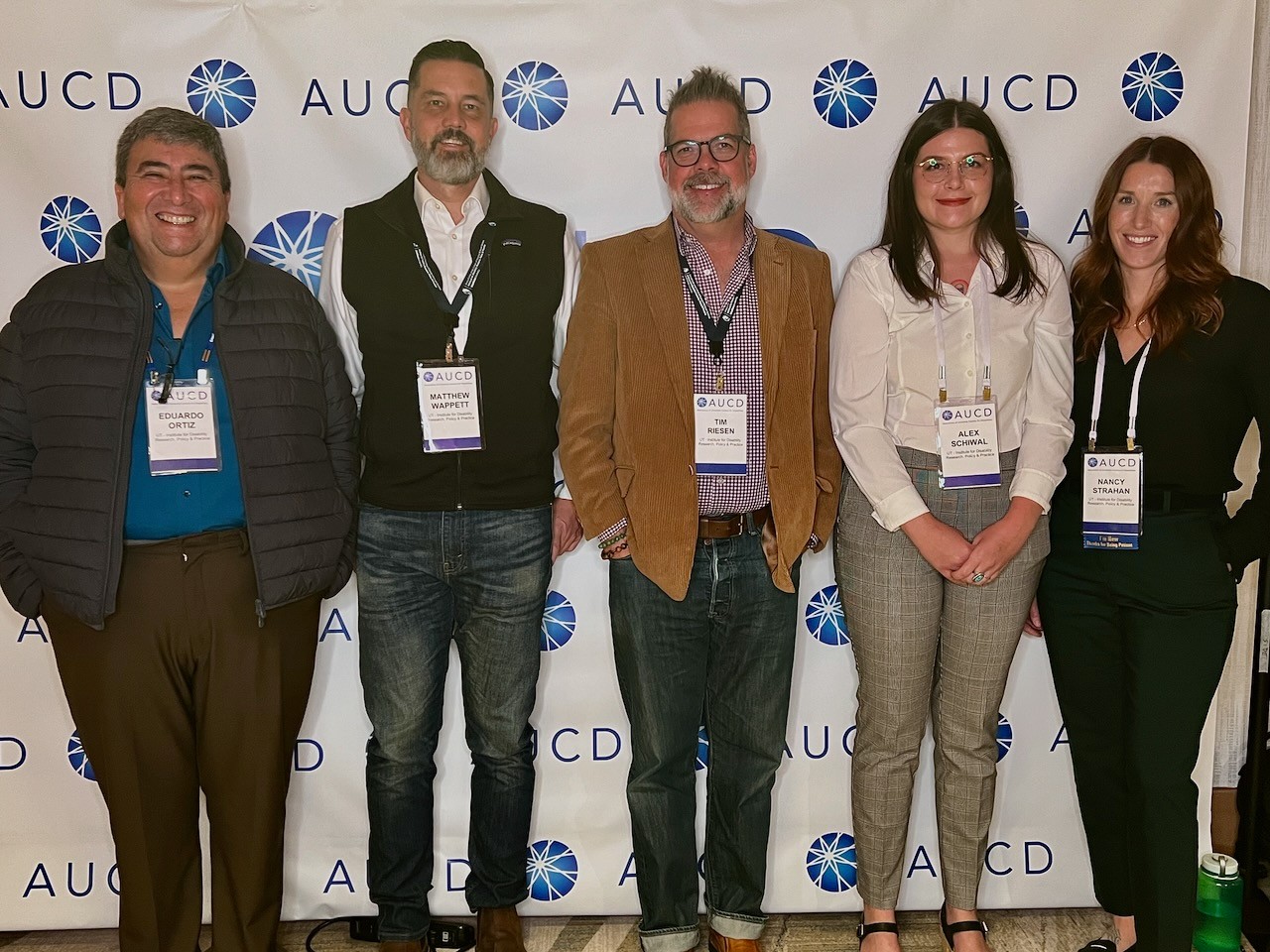
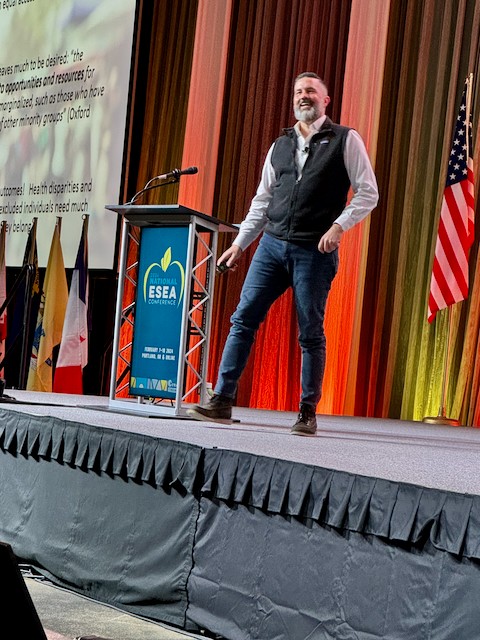
Image Credits
All photos are mine and taken by me on my camera.

